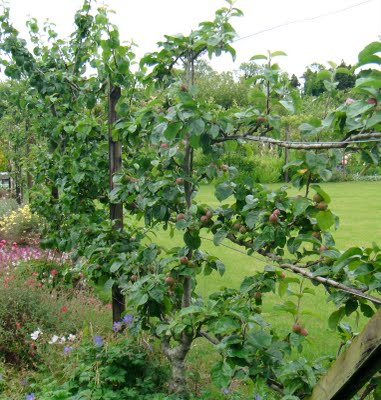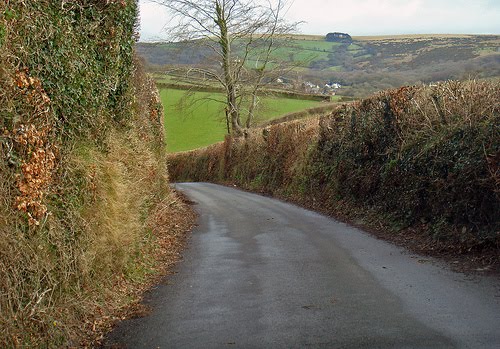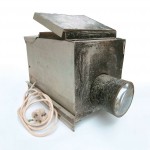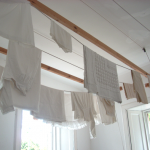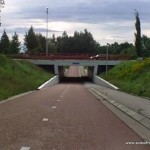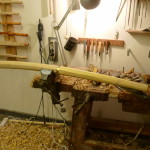 “It is authoritatively stated that the building and maintenance of the farm fences in the United States have cost more than the construction of the farm buildings. Be this as it may, while large numbers of works have been written upon rural architecture we believe this is the first publication specially devoted to Fences, Gates and Bridges.
“It is authoritatively stated that the building and maintenance of the farm fences in the United States have cost more than the construction of the farm buildings. Be this as it may, while large numbers of works have been written upon rural architecture we believe this is the first publication specially devoted to Fences, Gates and Bridges.
It aims to be a practical work, showing the “evolution” of the fence from the road barrier of logs, brush or sods to the latest improved forms of barbed wire. The numerous illustrations are mainly representations of fences, gates, etc., in actual use. The chapter on fence law is necessarily condensed. The various judicial decisions upon the subject alone would fill a large volume. This little work, the first and only one of its character, is given to the public in the confident hope that it will prove specially useful to farmers and village residents.”
“Fences, gates, and bridges; a practical manual“, George A. Martin, 1892. Thanks to Rob McWilliam.
